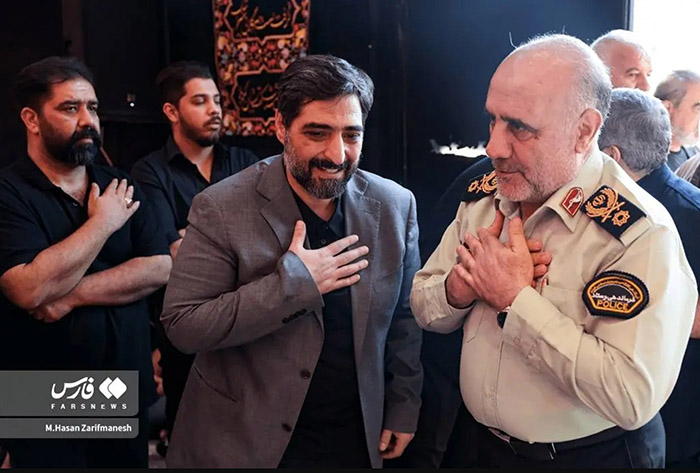
Rise to Prominence
In the late 1990s and early 2000s, Bani Fatemeh’s name began circulating among Tehran’s major religious circles. His recitations, characterized by a combination of classical poetry, modern rhythm, and heartfelt emotion, resonated with younger audiences while maintaining respect for traditional forms.
His performances during the mourning month of Muharram — particularly on the nights of Tasua and Ashura — gained widespread attention. Videos and audio recordings of his eulogies circulated through cassettes, CDs, and later social media platforms, helping his voice reach far beyond the physical gatherings.
Bani Fatemeh became a fixture in major Tehran mourning assemblies, most notably the Reyhanat al-Hussein congregation, located in the Bagh-e-Fayz neighborhood. This congregation became one of the most attended centers of mourning during the Islamic months of Muharram and Safar, attracting thousands of devotees from across the city.
Style, Themes, and Artistic Approach
Seyyed Majid Bani Fatemeh’s eulogistic style stands out for its blend of traditional elegance and modern accessibility. Unlike many of his predecessors who adhered strictly to classical Arabic or old Persian forms, Bani Fatemeh integrates contemporary Persian poetry and everyday language, allowing broader audiences to connect with his message.
